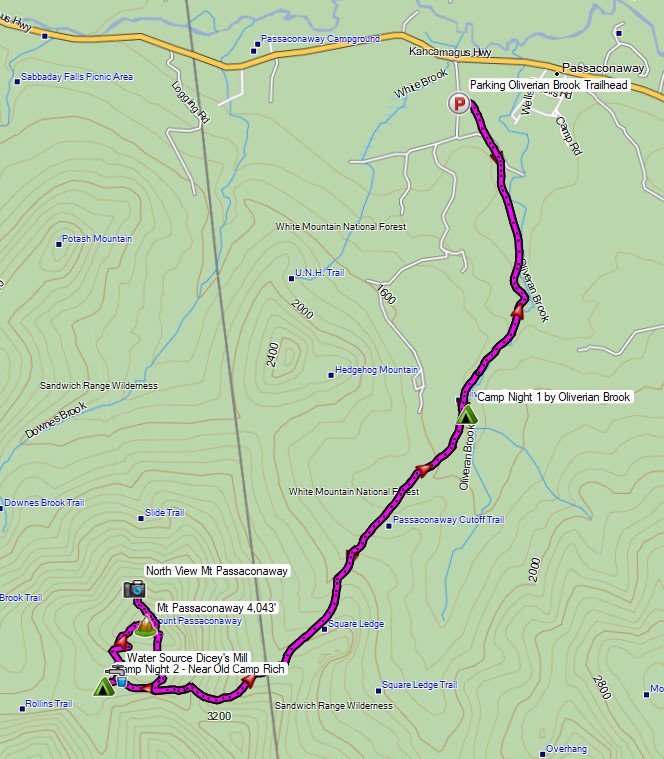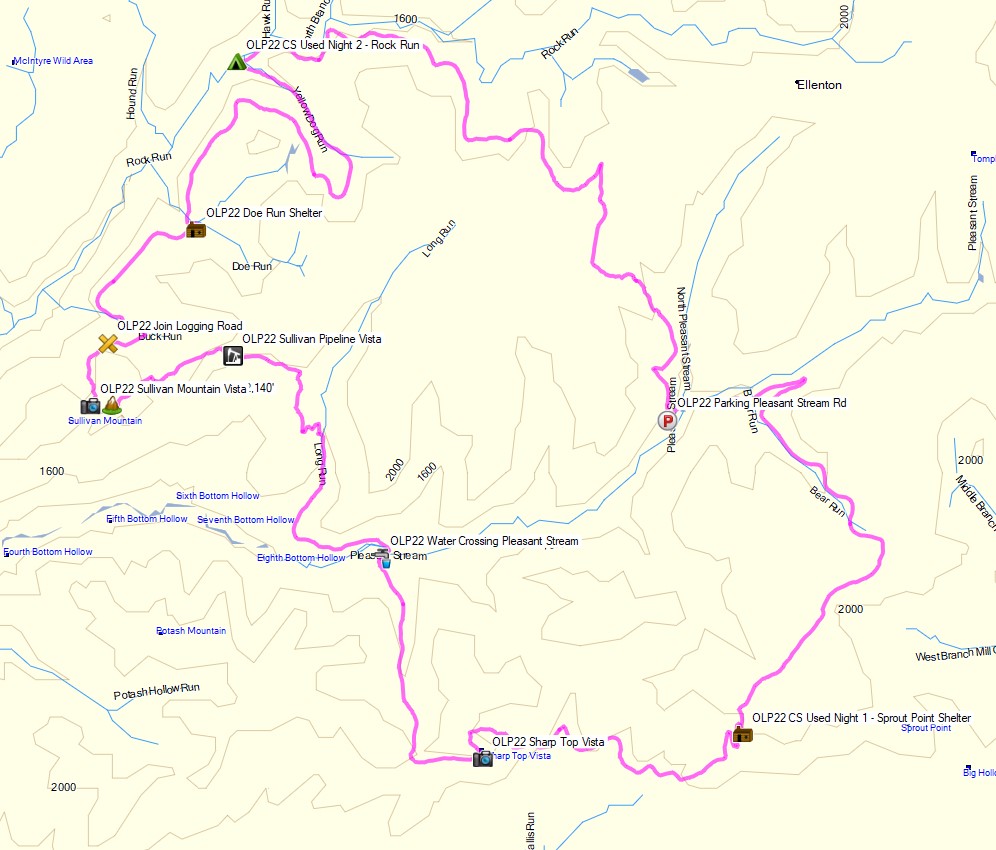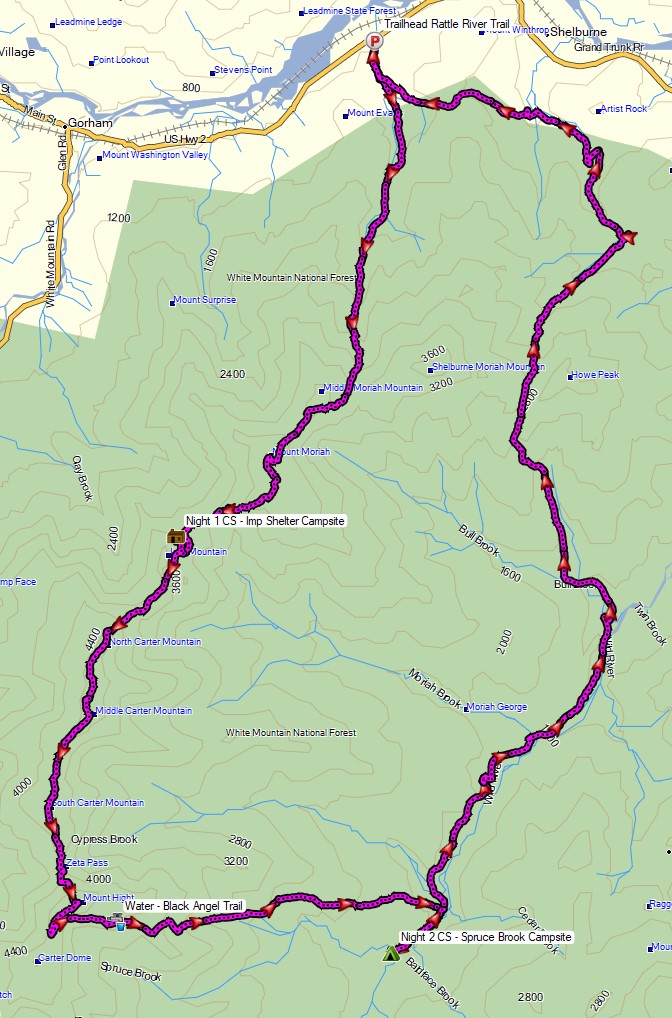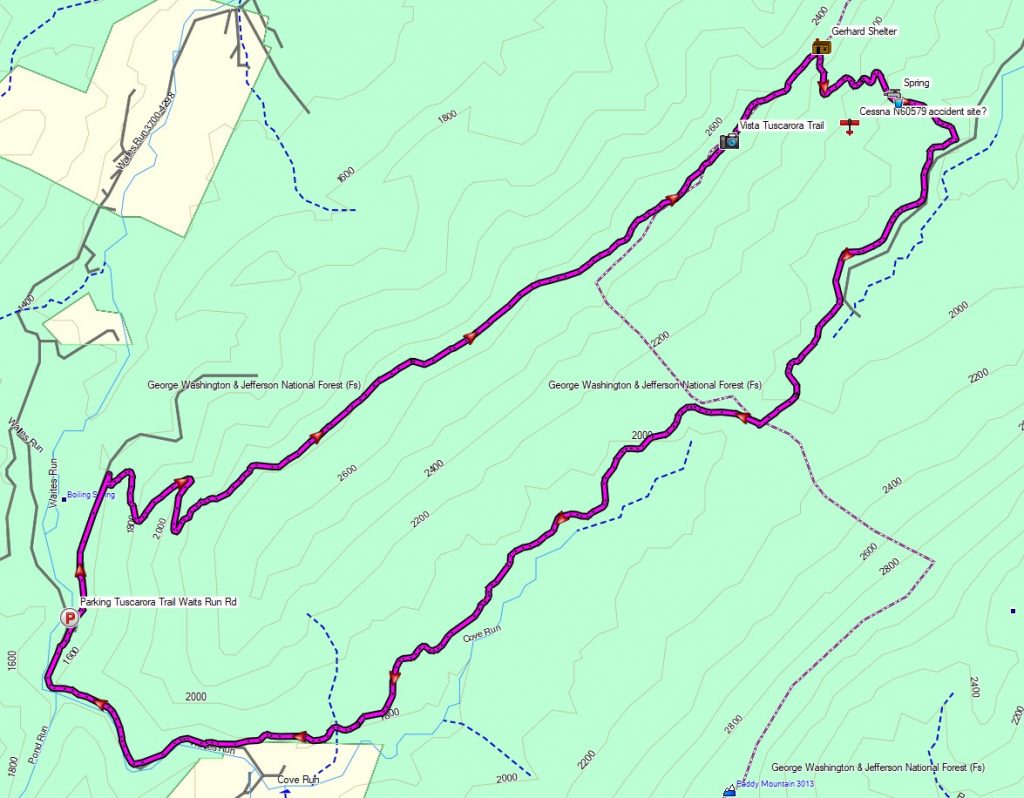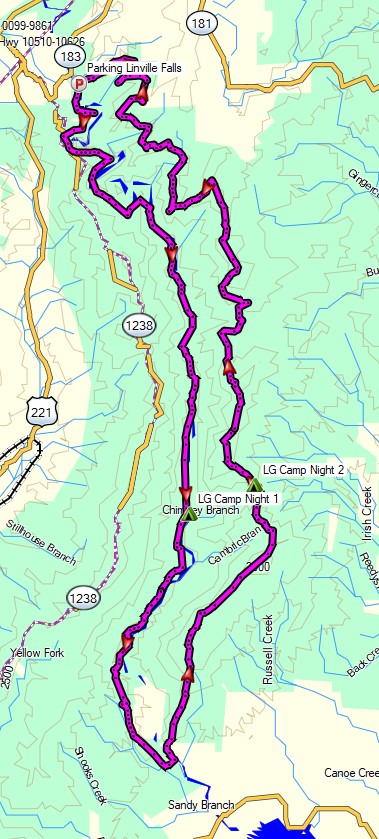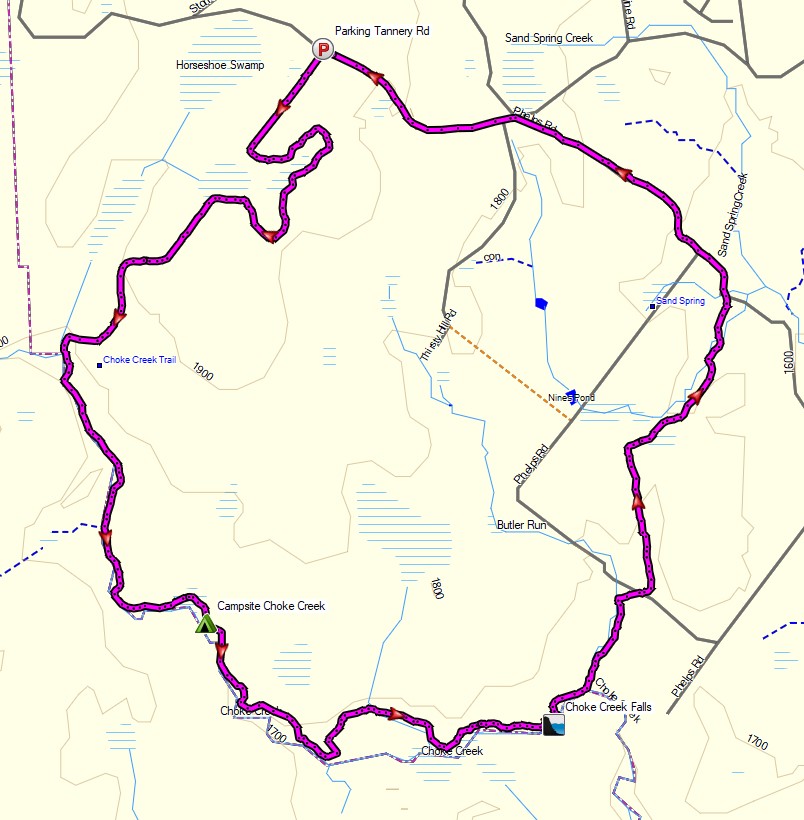Join me for 3 Days Ultralight Backpacking on Mt Passaconaway, deep in the Wilderness of New Hampshire’s White Mountains.
Join me for 3 Days Ultralight Backpacking on Mt Passaconaway in the White Mountains, deep in the wilderness of New Hampshire.
FTC Disclosure: This post contains affiliate links, which means I may receive a commission for purchases made through some of my links.
For this 3 day, 2 night backpacking trip, I decided to spend a few days exploring Mt Passaconaway, a 4,000 footer nestled in the Sandwich Range Wilderness of of New Hampshire.
My plan for this trip wasn’t to crush miles, but to instead slow things down and really have a chance to get an intimate look at a smaller area, something I often don’t always do. With it’s combination of a hardwood populated rolling lowland approach hugging the beautiful Oliverian Brook at 1,200′ elevation, followed by a short, but steep rocky ascent up to the ridges leading to the summit of Mt Passaconaway at 4,043 feet, it seemed like the perfect choice for such a trip.
I would spend my first day looking for a suitable break in the dense foliage to camp along the babbling sounds of Oliverian Brook for the night. On day two I would head up towards the summit in search of a clearing just short of the summit to the previous sight of an old lean-to shelter called Camp Rich. The shelter was removed many years ago, and is no longer listed on newer maps. According to reports though, there are still some great clearings for camping in the area, which is a rarity at higher elevations in the White Mountains. Allegedly, there is a rather reliable water source running nearby as well. Again, a rarity near tree line in the Whites.
My backpack was pretty light for this adventure, consisting of only my trekking pole tent, trekking poles, a single titanium pot with DIY alcohol stove for cooking, a simple foam sleeping pad, 40° down quilt, hardshell jacket, and a mid-layer synthetic hoodie for extra warmth, as the daily low was expected to be in the upper 30’s Fahrenheit. This was pushing it a bit, but I’ve found that the hoodie and hardshell combination works pretty well as a cold weather parka down to around the mid 30’s. A more detailed list of backpacking gear can be found below.
Despite a temporary minor lower back muscle injury that slowed me down a bit from my normal pace, this ended up being a really fun backpacking trip. It gave me an opportunity to appreciate the merits of spending more time soaking in a single area at camp or along the trail, rather than hiking triple the miles to hit multiple summits. While I really enjoy doing hikes like that too, it was pretty awesome to appreciate the character of a single mountain and the random treasures it had to offer.

